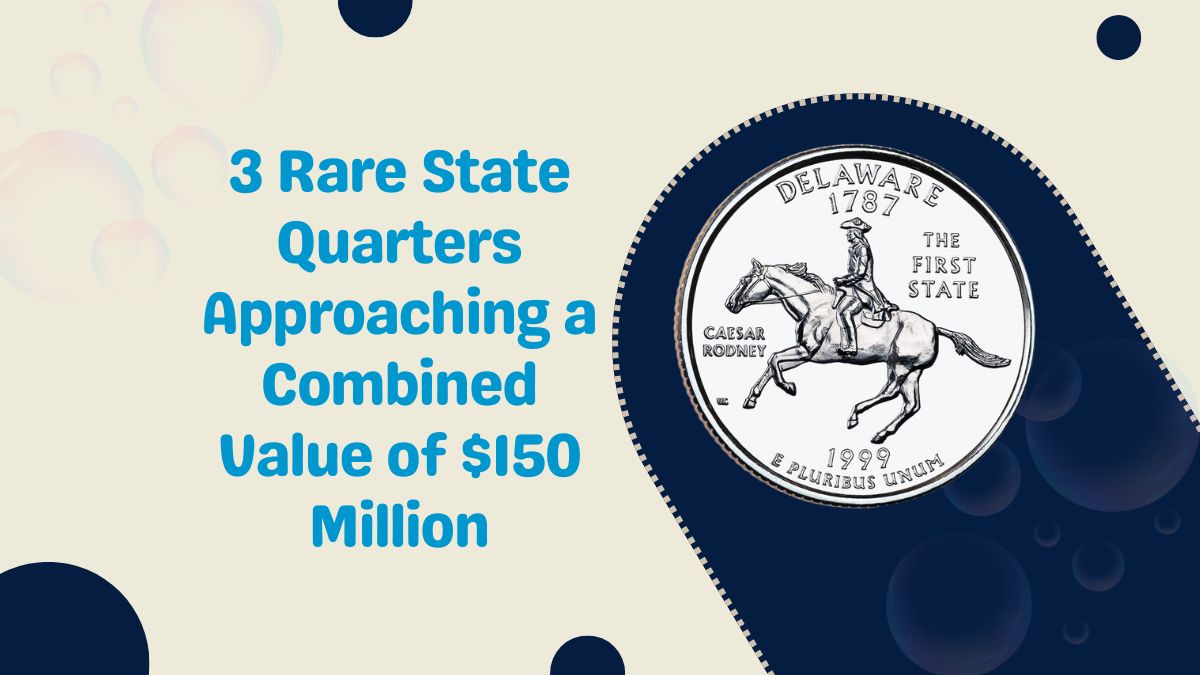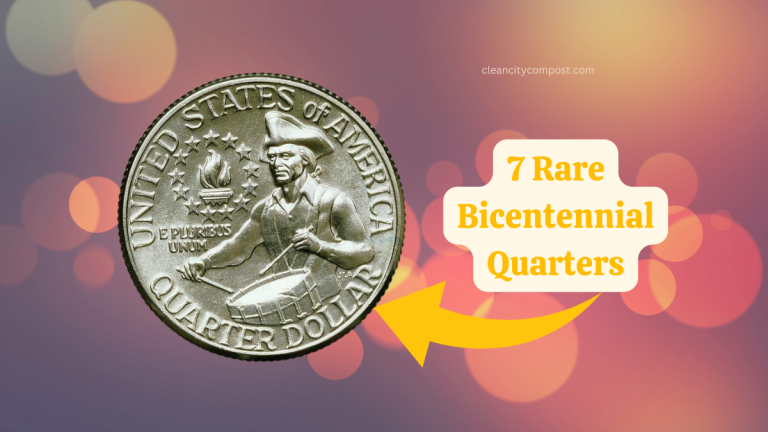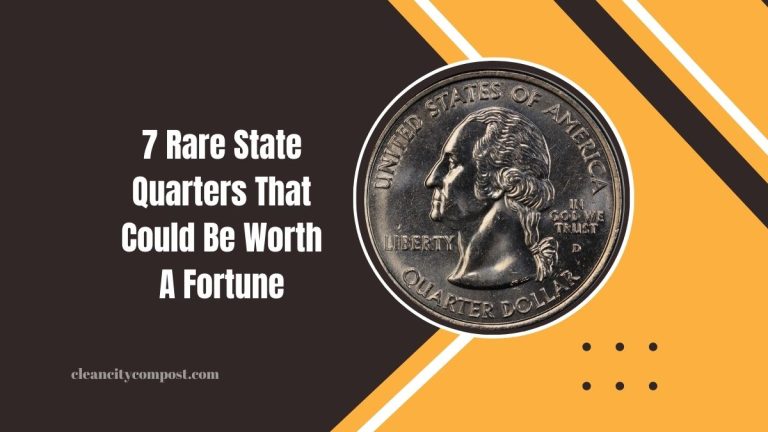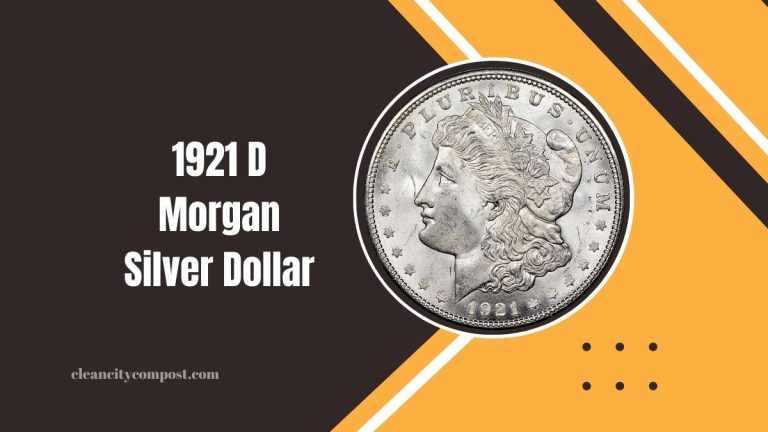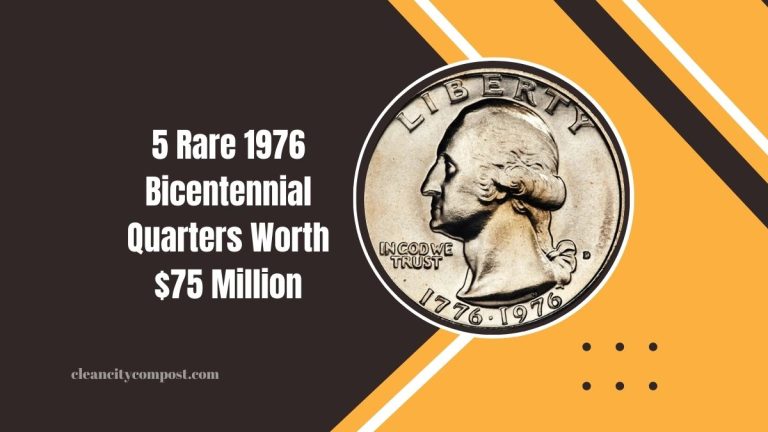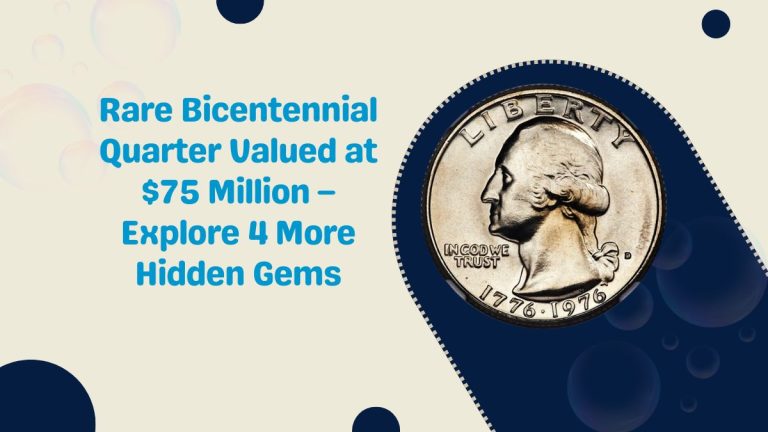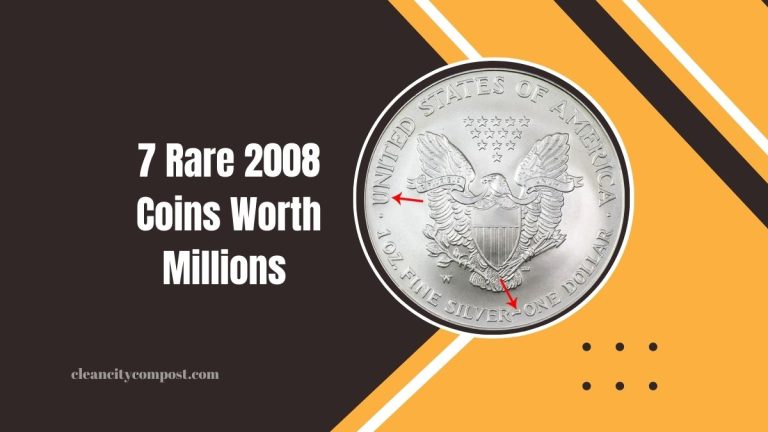3 Rare State Quarters Approaching a Combined Value of $150 Million
The U.S. Mint’s State Quarters Program (1999–2008) introduced 50 unique quarter designs, each representing a different state. While most of these coins hold their face value, certain rare errors have transformed ordinary quarters into highly valuable collectibles.
Remarkably, three specific state quarters have collectively approached an astonishing combined value of $150 million. This article delves into these exceptional coins, exploring the errors that make them so valuable and providing insights for collectors and enthusiasts.
1. 1999 Delaware “Spitting Horse” Quarter
The inaugural coin of the State Quarters series, the 1999 Delaware Quarter, features Caesar Rodney on horseback. A unique minting error resulted in a die crack near the horse’s mouth, creating the appearance of it “spitting.”
Key Details:
| Feature | Description |
|---|---|
| Error | Die crack near the horse’s mouth, resembling spit |
| Estimated Value | Up to $150 million in high-grade condition |
| Collector Appeal | The distinctive and recognizable error makes it highly sought-after |
2. 2004 Wisconsin “Extra Leaf” Quarter
The 2004 Wisconsin Quarter celebrates the state’s agricultural heritage with depictions of a cow, a cheese wheel, and a corn stalk. A notable mint error introduced an extra leaf to the corn stalk, resulting in two distinct variations:
Key Details:
| Feature | Description |
|---|---|
| Error Variants | High extra leaf and low extra leaf |
| Estimated Value | Significant premiums over face value, depending on the condition |
| Collector Appeal | The unusual design error enhances its desirability among collectors |
3. 2005 Kansas “In God We Rust” Quarter
The 2005 Kansas Quarter features a bison and the state motto. A minting error caused some coins to display “In God We Rust” instead of “In God We Trust,” due to a grease-filled die obscuring the letter “T.”
Key Details:
| Feature | Description |
|---|---|
| Error | Missing “T” in “TRUST,” resulting in “In God We Rust” |
| Estimated Value | Higher prices for uncirculated examples |
| Collector Appeal | The ironic and memorable error makes it a favorite among collectors |
Factors Influencing Value
The value of these error quarters is influenced by several factors:
- Rarity: Scarcity of the error increases the coin’s value.
- Condition: Coins in pristine, uncirculated condition command higher prices.
- Error Type: Unique and dramatic errors are more desirable.
- Collector Demand: Popularity among collectors can drive up value.
Tips for Identifying Valuable Error Quarters
To identify potential error quarters in your collection:
- Inspect the Design: Look for unusual features, such as extra elements or missing details.
- Focus on Key States: Pay special attention to Delaware (1999), Wisconsin (2004), and Kansas (2005) quarters.
- Use Proper Lighting: Adequate lighting helps reveal subtle errors.
- Compare Coins: Reference images of known errors for verification.
Selling and Preserving Valuable Quarters
If you discover a valuable error quarter:
- Handle Carefully: Avoid cleaning the coin, as this can reduce its value.
- Store Properly: Use protective holders to prevent damage.
- Authenticate: Consider professional grading services for authentication.
- Consult Experts: Engage reputable coin dealers or auction houses for accurate valuation and sales.
The State Quarters Program not only commemorates America’s diverse heritage but also offers intriguing opportunities for collectors.
These rare error coins exemplify the fascinating nuances of coin minting and the potential hidden value in everyday currency. Whether you’re a seasoned numismatist or a casual collector, examining your quarters could unveil a piece of history worth far more than its face value.
FAQs
What is the “Spitting Horse” error on the 1999 Delaware quarter?
A die crack near the horse’s mouth creates a line resembling spit, making it a unique collectible.
How did the “Extra Leaf” error occur in the 2004 Wisconsin quarter?
A minting error added an extra leaf to the corn stalk design, resulting in two variations: high extra leaf and low extra leaf.
Why does the 2005 Kansas quarter say “In God We Rust”?
A grease-filled die caused the letter “T” in “TRUST” to be missing, leading to the phrase “In God We Rust.”

